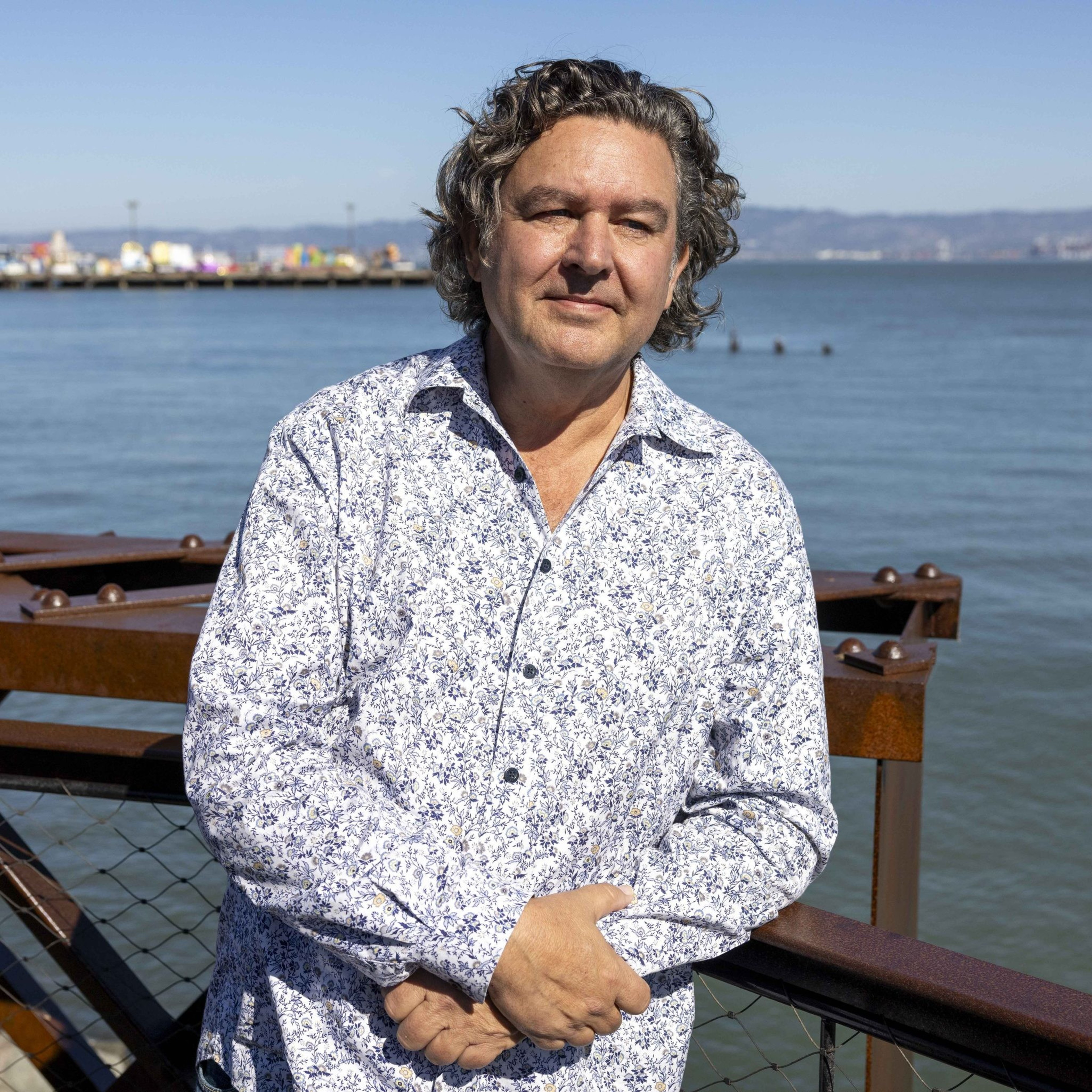San Francisco opened not one but two brand-new parks along its eastern shoreline in the span of just 72 hours.
Barely two miles apart, Bayfront Park (opens in new tab) and India Basin Waterfront Park (opens in new tab) are part of a campaign to transform sections of the city’s formerly industrial eastern edge.
Bayfront Park is a 5.4-acre parcel on Terry A Francois Boulevard opposite Chase Center. This green space has been in the works since 2015 — or 1998, if dating from the approval of the neighborhood’s redevelopment plan.
“Where we’re standing right now is waterfront edge that no one had access to for a very long time,” James Lord, a partner at Surfacedesign, the landscape architecture firm behind the project, said at a media preview ahead of Tuesday’s grand opening. He described the $32 million park as a “working machine” with landscaping that conceals features like stormwater retention. Indeed, it’s designed with climate resiliency in mind, built to withstand 100-year storms and rising sea level through 2100.
“It’s not hitting you over the head that this is some kind of engineered thing,” Lord added. “It’s something that’s beautiful, and it has a benefit.”


With its prominent use of repurposed steel beams from the Bay Bridge’s original eastern span, Bayfront Park and its sloping lawns reclaim a chunk of the city’s long-fenced-off Central Waterfront that once belonged to Bethlehem Steel, paying homage to Mission Bay’s former maritime history. The park received more of the dismantled Bay Bridge trusses than any other project, Lord added.
By procuring three huge World War II-era anchors and incorporating the region-encircling San Francisco Bay Trail (opens in new tab), Bayfront Park was laid out with more than just higher seas in mind.
At its southern edge, beyond the barbecues installed for Warriors tailgaters, an area has been left open for a future ferry terminal, while on the northern end, a “sport court” may one day become a restaurant. At every turn, Lord added, the idea was to resist the homogenization that has overtaken American urban spaces.

“I am thrilled to see this area transform from what was once a strip of dirt to become such an amazing park for residents and visitors,” Mayor London Breed said in a statement. “We have reached another exciting milestone in our efforts to create a Mission Bay that is a thriving neighborhood.”
Created by a constellation of entities, including the Office of Community Investment and Infrastructure, Mission Bay Development Group, the Port of San Francisco, the Golden State Warriors, and other community stakeholders, Bayfront is the latest in a long string of parks the city has unveiled in just a few years, particularly along the Central Waterfront.
China Basin Park at Mission Rock opened in April a few blocks north after Crane Cove Park debuted to the south. Elsewhere, Russian Hill’s Francisco Park, the Presidio’s Tunnel Tops, and Yerba Buena Island’s Panorama Park offer new opportunities for outdoor recreation.
But Mission Bay has been the city’s focus, because the former railyard turned biotech hub has seen more residential construction than many neighborhoods.
“As we build housing here, we also have to have all these open spaces,” said Judson True, the mayor’s director of housing delivery.

Another park at India Basin
On Saturday, two miles south of Bayfront Park, San Francisco opened the final half of India Basin Waterfront Park in Hunters Point. A 10-acre parcel on Innes Avenue, it provides access to another section of waterfront for the first time in generations, with trails, a food pavilion, and playground equipment.
The San Francisco Recreation and Parks Department acquired the property 10 years ago, and the $200 million project was funded by foundation grants and state funds. Together with the adjacent India Basin Shoreline Park, which opened in the 1990s and is set for a renovation, this green space rehabilitated a decrepit and contaminated part of the city, with an eye toward equity for communities of color in nearby Bayview.
As seen with last weekend’s light-and-video installation beamed onto the 450-foot Hunters Point gantry crane, the city is paying more attention to its eastern shore than it has in decades. In the case of Bayfront Park, that involves properties that previous generations reclaimed from the water, then let fall into near-ruin.
“This is actually land that wasn’t land,” Lord said. “We really don’t have access to the water anywhere like this in San Francisco.”
Bayfront Park
